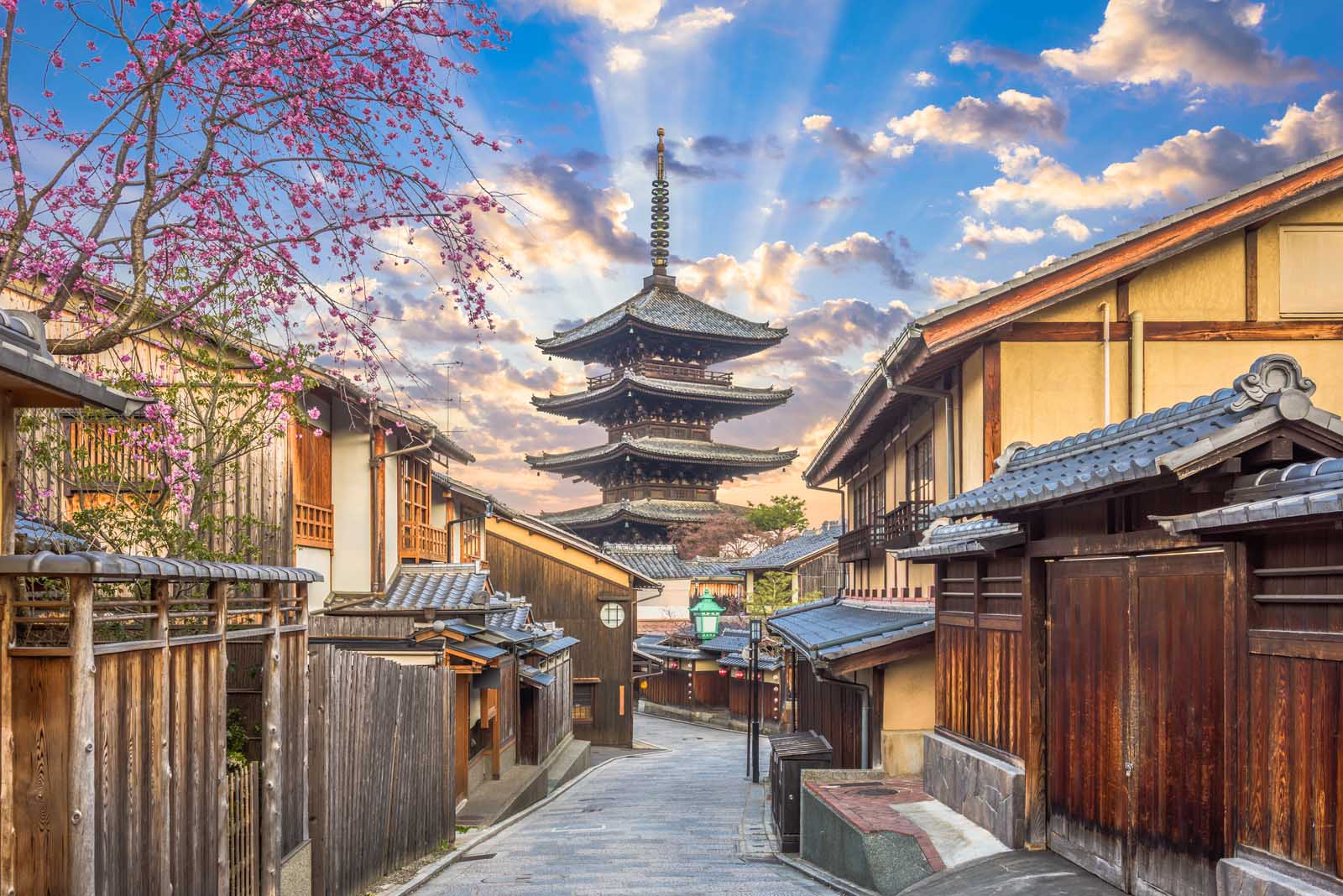Kyoto, with its awe-inspiring temples and peaceful gardens, serves as the heart and soul of Japanese culture. Each year, this ancient city comes alive with colorful festivals, providing visitors a unique window into the diverse traditions that have shaped Japan for hundreds of years. From the spectacular displays of lanterns to the haunting sounds of traditional music, Kyoto festivals offer an memorable experience that reflects the deep-rooted customs and communal spirit of the locale.
As you engage in the festivities, you'll discover a tapestry of cultural heritage woven into each event. The Kyoto culture festivals celebrate a variety from the changing seasons to significant milestones, drawing locals and visitors alike into the warm embrace of tradition. Whether it's the mesmerizing Gion Matsuri in July or the magical Jidai Matsuri in October, every festival invites you to see the colorful costumes, elaborate parades, and heartfelt rituals that reflect the spirit of Japan.
Discovering the Vibrant Festivities
Kyoto, renowned for its rich heritage, showcases a multitude of festivals that pay tribute to its vibrant culture. Throughout the seasons, locals and travelers unite to engage in these lively events, which highlight local crafts, melodies, and dance. The city's festivals not only function as a window into the past, but also foster a feeling of community among the residents, making them an integral part of Kyoto's heritage.
Among the most celebrated Kyoto festivals is the Gion Festival, held every year in July. This celebration has roots that reach back to the ninth century and features spectacular decorated floats, intricately decorated and paraded through the streets. The atmosphere is electric, alive with the sounds of traditional music and the sight of bright ensembles. Kyoto Culture demonstrates how Kyoto cultural celebrations capture the spirit of the region, fusing history with a rich cultural festivity.
Another notable festival is the Aoi Matsuri event, celebrated on May 15th. This festival is celebrated for its graceful procession of people dressed in Heian period costumes, accompanied by the beautiful backdrop of Kyoto's old palaces. The Aoi Matsuri illustrates the link between the city's past and present, presenting rituals that have continued for centuries. Embraced by both locals and tourists, Kyoto cultural practices is intertwined with the fabric of these festivals, creating lasting impressions and moments for everyone present.
Comprehending Kyoto's Rich Cultural Heritage
Kyoto, commonly considered as the cultural center of Japan, is a place where cultural practices are intricately interwoven into the essence of daily life. The city's countless festivals serve as a vibrant display of its rich history and the unique customs that have been handed down through generations. Each event, from the grand Gion Matsuri to the peaceful Aoi Matsuri, reflects the deep reverence Kyoto residents possess for their heritage and the natural world surrounding them.
Kyoto's cultural festivals not only celebrate specific deities, seasons, or historical events but also underscore the artistic expressions integral in Japanese tradition. Participants dress in exquisite kimonos and participate in age-old rituals that stress harmony, respect, and community. These festivals often include traditional music, dance, and tea ceremonies, allowing both locals and visitors to plunge in the practices that distinguish Kyoto's cultural identity.
Moreover, Kyoto tradition is apparent in the skill showcased at these festivals, from intricate floats adorned with elaborate tapestries to the subtle art of calligraphy and flower arrangement. This commitment to maintaining the city's heritage is not merely about celebrating the past; it is a living, breathing practice that continues to evolve while maintaining its core values. Attending a Kyoto festival is an opportunity to experience the time-honored essence of Japan and appreciate the cultural narratives that shape this enchanting city.
Traditions That Define Kyoto
Kyoto is a city richly embedded in the annals of time and tradition, acting as the epicenter of Japan. The events that happen annually highlight the rich tapestry of Kyoto’s heritage. Occasions like the Gion Festival highlight the artistry of crafting floats and the colorful costumes that are worn during the celebrations. Each festival captures a distinct element of community engagement, prayer, and appreciation, showcasing the close ties among the local populace who have taken part for many years.
The annual traditions observed during these festivals often mirror Japan's intimate bond to the natural world and the passage of time. The Hanatoro event, for example, morphs the roads of the Arashiyama area into a lantern-lit wonderland, representing the beauty of the spring season. Similarly, the Jidai Matsuri offers a view into Kyoto’s historical timeline, as participants don traditional attire that originating from multiple historical times, paying tribute to the city’s historical significance. These customs not only protect history but also nurture a sense of identity and tradition for the inhabitants of Kyoto.
Furthermore, Kyoto’s festivals are beyond aesthetic beauty; they are steeped in religious importance. Many celebrations feature observances that venerate deities and ancestors, reflecting the city’s rich Shinto and Buddhist traditions. The Yamaboko Junko parade of the Gion Matsuri festival entails prayers for protection and success. Through these diverse traditions, Kyoto festivals capture the essence of the culture of Kyoto, showing how the past, spirituality, and community merge to create a lively and lasting observance of life.

